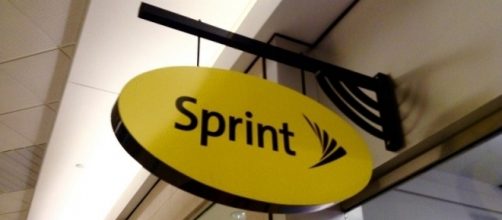People using the Sprint network may soon receive massive boost to their Lte Plus speeds. On June 20, Sprint, in collaboration with Samsung, field-tested a technology on the streets of Suwon in South Korea. The technology dubbed MIMO or multiple input, multiple output has the potential to provide the carrier’s U.S. subscribers improved internet surfing capabilities along with better coverage.
What is MIMO?
The MIMO technology has been developed in collaboration with Samsung. The huge MIMO Samsung radios are equipped with horizontal and vertical beam forming technology, which can reached high speeds of 330 Mbps for each channel.
The technology achieves this feat by using a 20 MHz channel of 2.5 GHz spectrum. The huge MIMO radios employ added antenna elements, such as the 2T2R/4T4R/8T8R is employed for a common 4G LTE network while the 64 transmit, 64 receive makes use of 128 antenna elements.
As the MIMO antenna uses the vertical and horizontal beam-forming technology, the spectrum provides more data capacity and faster surfing speed to consumers placed at high data traffic locations. If the MIMO technology is used on the Sprint network, it is possible to provide all smartphone users improvements in performance.
Furthermore, the owners of flagship devices, (which contain most of the antenna elements) will get to experience the best performance.
The Massive MIMO technology is the main component of the 5G network and can enhance the performance of the LTE network in densely populated regions to well beyond 1 Gbps.
Sprints’ plans for the United States
Mark Louison from Samsung stated that both the company and Sprint are happy with the test results delivered by the MIMO technology in real-world conditions.
He believes that the technology will vastly improve the customer’s wireless service experience. The carrier has set up 8 transmit, 8 receive MIMO radios across U.S. to test the performance structure of the radios. Samsung and Sprint are both responsible for the developing and documenting the test cases and its requirements, which involved writing of various possibilities including non-stationary and multi-user testing.
While Samsung alone provided for the Massive MIMO network infrastructure, operation, data collection, processing, and network test design, the carrier will be joining the OEM to use the results of the MIMO test to prepare to unleash the technology in the U.S. and other markets.
Sprint plans to install Massive MIMO radios equipped with 64T64R 128 antenna elements, which employs the 2.5 GHz spectrum, across the country. The usage of this particular spectrum will ensure enhancement of network capacity to up to eight times.


